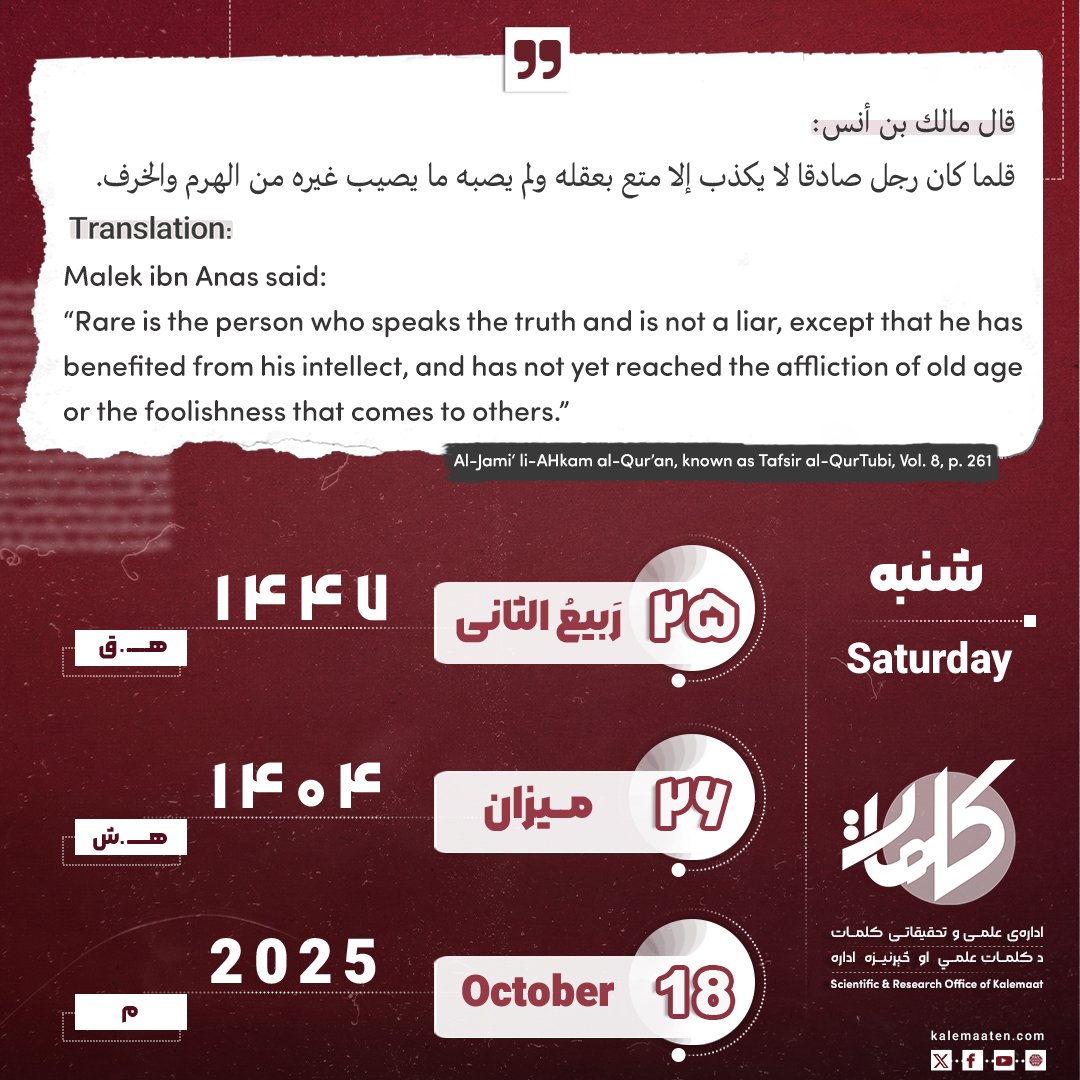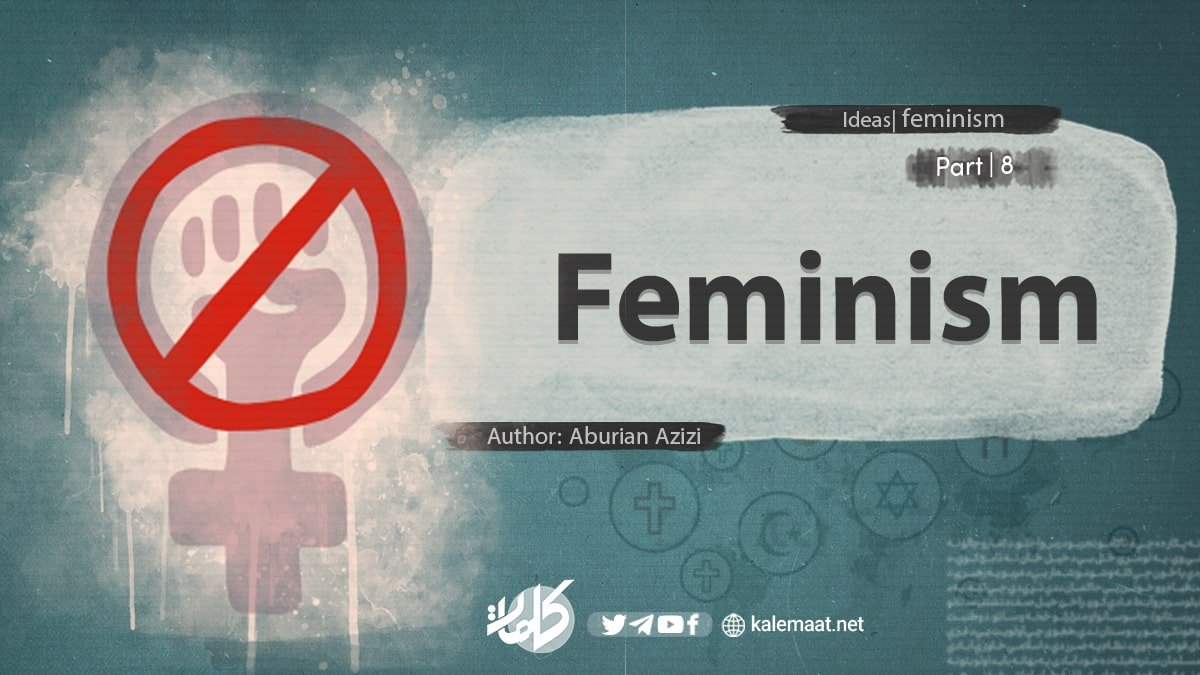Author: Aburian Azizi
Feminism (Part 8)
The most prominent figures of the feminism movement in Egypt
4. Lotfi Seyed
Lotfi Seyed was the one who was called the master of the generation of that time. In his time, he always tried to help advancing the goals of feminism through newspapers and in current language.
5. Safia Zaghloul
Safia Zaghloul was the wife of Saad Zaghloul and the daughter of Mostafa Fahmi Pasha. Mustafa Fahmi Pasha was the head of the ministry and the most famous ally of the British in those days, and Egypt had never seen anyone like him before that time. Safiya was so enamored of western culture that she adopted her husband’s surname in imitation of western culture and traditions.
6. Hade Shaarawi
Hade Hanam Shaarawi, the leader of the feminist movement, who had a party in her house and also met men there without hijab and without any mahram (intimate).
Hoda Shaarawi was the daughter of Mohammad Pasha, who was one of the pashas of that time. This Muhammad Pasha was the one who was their companion and ally during the British attack on the Egyptian capital.
Hade Shearawi was the wife of Ali Shearawi Pasha, and Ali Shearawi was a member of Hizbul-ul-Amma and a supporter of non-veiling.
Hade Shaarawi went to France to continue her education, it was time to leave, and her father had gone to the port of Iskandaria with an indescribable enthusiasm to welcome her, and he was happy that his daughter would return to the country and had taken some of her relatives with him. But when Hoda got off the ship, her father noticed that she did not have a hijab, that is, she had dropped her hijab. At this moment, his father’s face turned red with embarrassment and anger, and he turned his face away from him and left the place without welcoming. But this reaction of his father did not make Hade Shaarawi feel ashamed or regret.
A number of men and women gathered around her, and his supporters defended her by writing articles, literary texts and poems in the newspaper. One wrote about his laughter, another about his hospitality, and one about his temperament.
7. Siza Nebaravi
Siza Nebaravi, whose real name was Zainab Mohammad Murad. She was a close friend and constant companion of Hade Shaarawi in international and domestic correspondence, and these two women after participating in the Etihad meeting Women in the West, which was held in Rome in 1924. They were the first to remove their hijab in Egypt.
8. Dariyeh Shafiq
Dariyeh Shafiq, who was among Lotfi Seyed’s students. She traveled alone to France to get her doctorate, then went to England, and the Western media highlighted her character as a woman who wants to break free from the shackles of Islam, such as the hijab, divorce, and polygamy. And in 1949, when she returned to Egypt and founded the “Bent Al-Nil-Daughter of the Nile” party with the support of the British and American embassies.
Dariyeh Shafiq led many demonstrations, and the most famous of them were the demonstrations that they held on (February 19, 1951) and (March 12, 1954) with the coordination of Abdul Nasser’s organization, and they went on hunger strike in front of journalists’ cameras to realize their feminist goals, and thus their demands were accepted and Dariyeh Shafiq entered the elections as the representative of Egyptian women. But she did not win, and his round ended.
9. Soheir Qalamawi
Soheir Qalamavi was a person who grew up in the American-Egyptian University, and graduated from the American College, and studied in American-European universities and in the end returned to the Egyptian University to teach.
10. Amina Saeed
Amina Saeed was one of Taha Hossein’s students. Taha Hossein was a writer and someone who invited to imitate the West. Amina Saeed was the head of “Hava Magazine” and directly attacked the hijab. One of her famous sayings during the time of Abdul Nasser was that he said: “How can we imitate the four imams while they lived in an era when nothing had been invented and there is a covenant between us and (he meant the covenant of Abdul Nasser’s contract in which the people she had invited you to participate) and also mocked Islamic manners in Hawa magazine.



